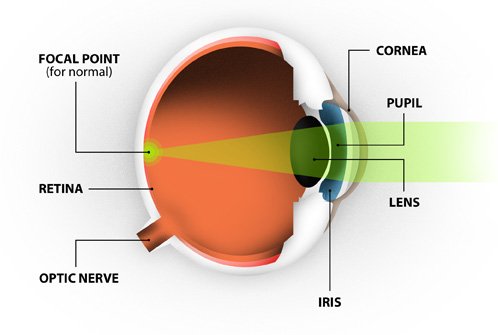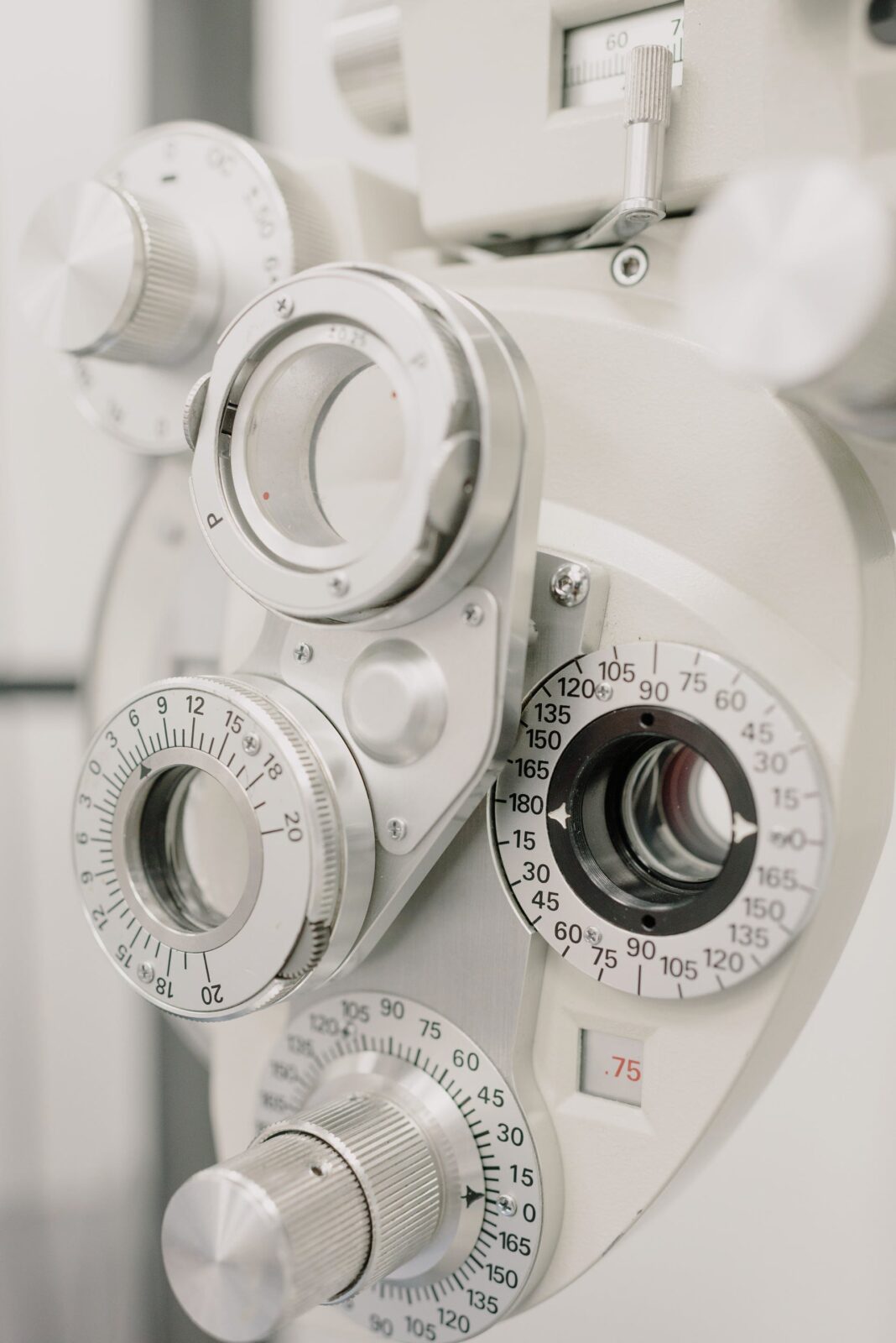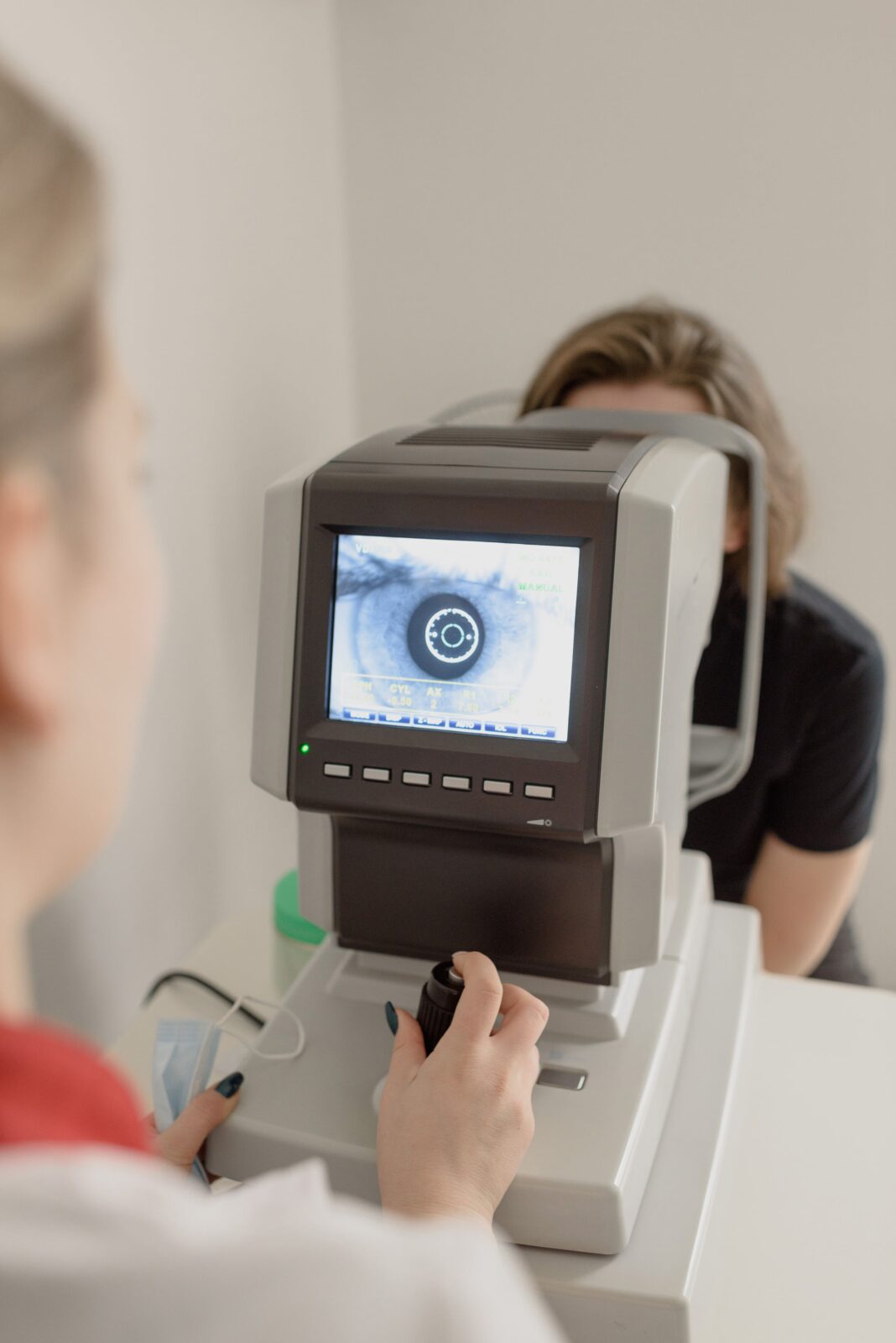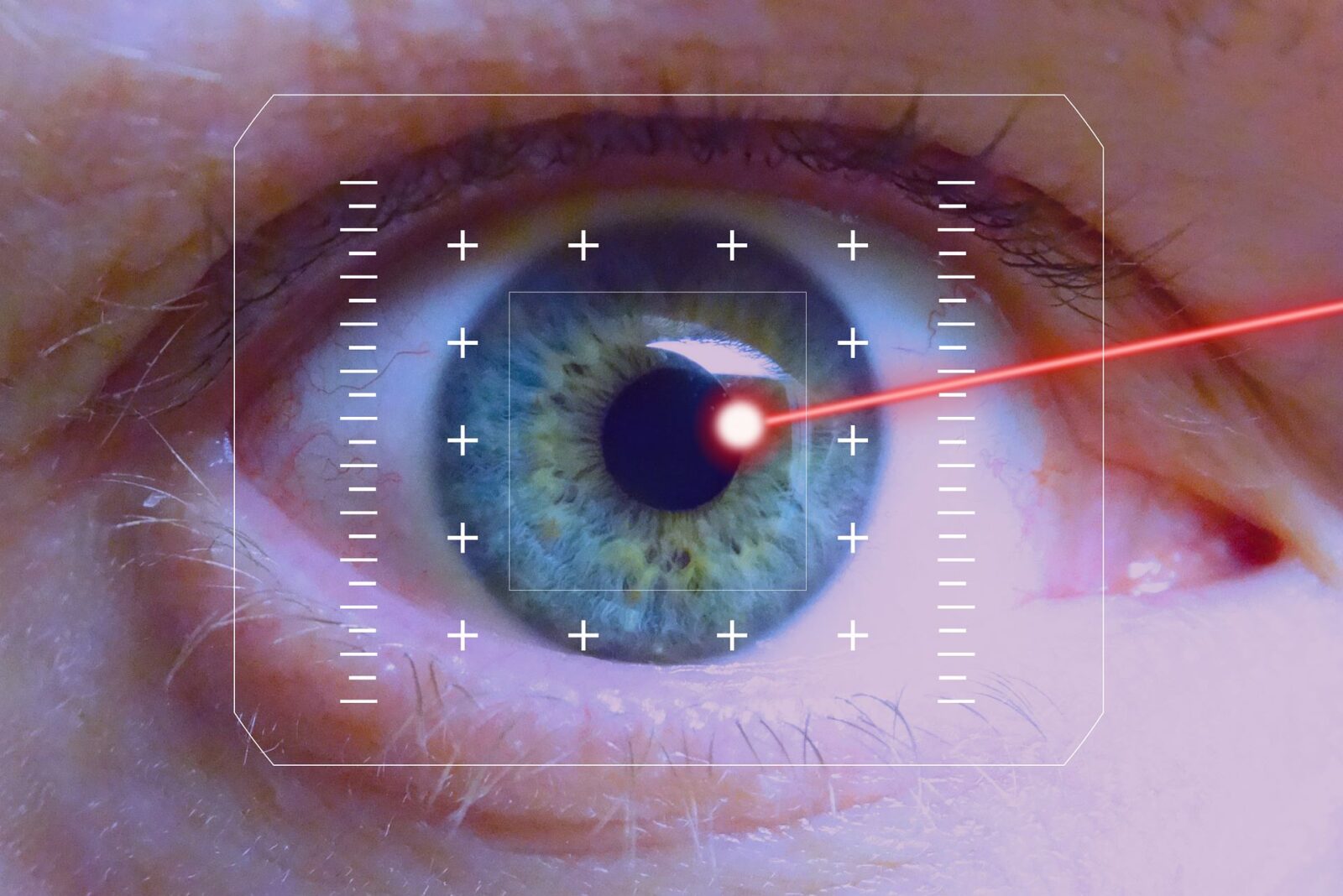Experience the clarity of vision with Laser-Assisted in Situ Keratomileusis (LASIK), the leading refractive surgery method approved by the FDA. LASIK corrects common refractive errors such as myopia (nearsightedness), hyperopia (farsightedness), and astigmatism to enhance your visual experience.
To determine if LASIK is right for you, a consultation is essential to determine if you are a safe candidate for the procedure. During this process, your corneal thickness will be assessed. Corneal thickness is an important factor to determine if your prescription can be safely treated while ensuring a visually stable outcome.
Why does Corneal Thickness Matter?
The cornea, the transparent front tissue of the eye, is one of the influencers of your refractive error or prescription. LASIK utilizes a laser to modify the cornea’s shape and correct refractive errors. A specific corneal thickness is required to guarantee ample tissue remains after ablation. This thickness of the cornea after LASIK treatment, referred to as the residual stromal bed, helps to maintain corneal stability.
Corneal Thickness Requirements for LASIK
Measured in micrometers or microns, normal corneal thickness is around 520 microns. The femtosecond laser creates a flap of approximately 110 microns, and after ablation, the residual stromal bed should measure a minimum of 250 to 270 microns. This thickness ensures safety and stability, with individual variations based on refractive error.
Preoperative Evaluation: Corneal Thickness Measurement
Before LASIK, a corneal thickness test will need to be performed. This can be done with an instrument called a pachymeter or using more sophisticated topography mapping technology. These tests will assess if you meet the LASIK minimum corneal thickness. A thinner cornea may pose risks, making LASIK unsuitable.

Addressing Thin Corneas: Alternatives to LASIK
If your cornea is too thin for LASIK, alternatives like Photorefractive Keratectomy (PRK) may be considered. PRK, a laser vision correction procedure similar to LASIK, doesn’t require creating a flap, making it suitable for thinner corneas. While PRK may take longer to heal, it can be a safer option for those with thinner corneas.
Conclusion: Prioritize Corneal Thickness Measurement
Corneal thickness measurement is a crucial step in LASIK screening to prevent complications. Ensure your preoperative evaluation includes a thorough assessment of corneal thickness for a safe and successful LASIK experience.
Contact TLC Laser Eye Centers today for a comprehensive consultation to determine your LASIK candidacy. If LASIK isn’t recommended for you, inquire about alternative options like PRK. With over 30 years of experience and cutting-edge LASIK technology, our team ensures a trusted recommendation for the best refractive procedure tailored to your needs.

Schedule a FREE LASIK Consultation Today

















